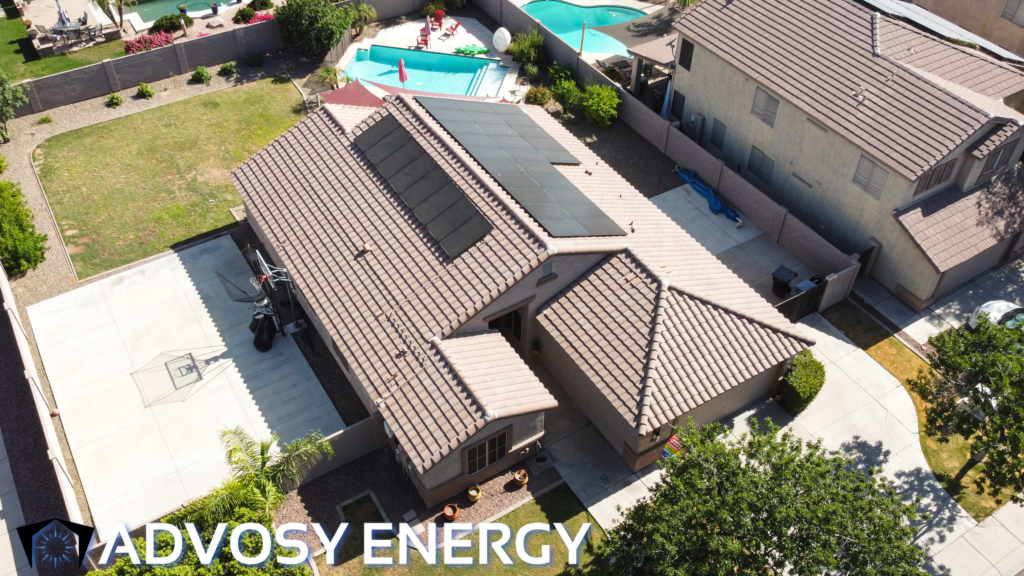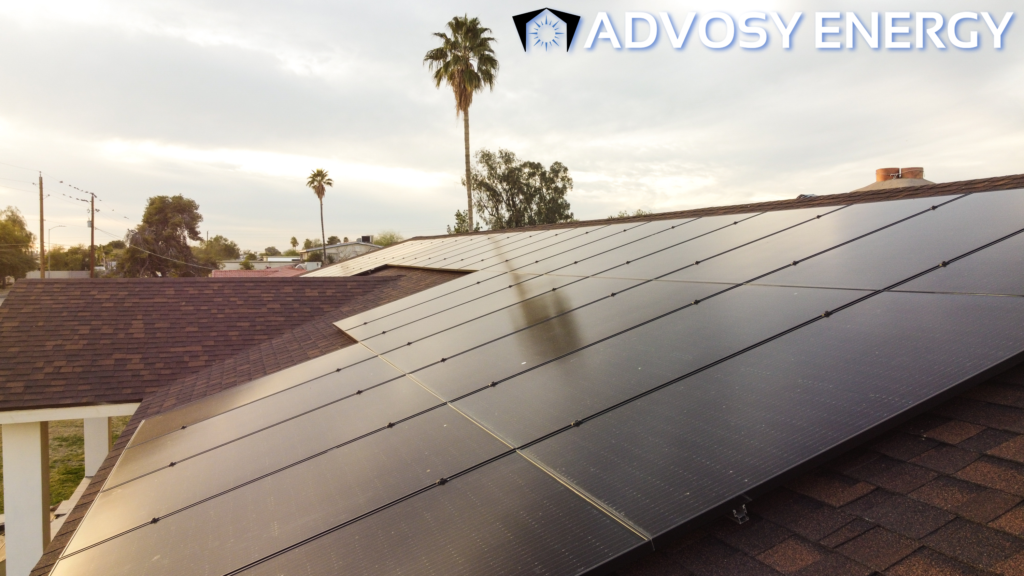Solar roofing systems are becoming more and more popular as a viable source of renewable energy. However, before installing a solar roofing system it is important to ensure that all building and safety codes are met.
This article will provide an overview of the steps necessary for ensuring compliance with building and safety codes in order to maximize efficiency and performance while also minimizing potential risks.
The process of meeting safety codes can be complex, yet these steps must be taken in order to guarantee proper installation, operation, and maintenance of your solar roofing system. Many factors such as local climate conditions, design specifications, and even material selection come into play when determining if the requirements have been met.
1. Understanding Building And Safety Codes
In order to ensure a solar roofing system meets building and safety codes, it is important for homeowners to understand the applicable codes.
This can be accomplished through researching local, state, and federal regulations in regards to solar panels on residential structures.
It is also beneficial to work with knowledgeable professionals such as contractors or code enforcement officials who are familiar with the specific requirements of each jurisdiction.
Homeowners should take their time when researching these topics and make sure they have all of the necessary information before beginning any projects that involve installing a solar panel system onto their home’s roof.
By doing so, property owners will gain valuable insight into what must be done in order to meet building and safety codes while avoiding costly mistakes throughout the process.
2. Evaluating Local Climate Conditions

Evaluating the local climate conditions is an important step in ensuring your solar roofing system meets building and safety codes.
Wind speed, temperature, relative humidity and air pressure are all factors that should be taken into account when designing a solar panel array for rooftop installation.
Additionally, evaluating wind patterns can help you to determine how much protection the roof needs from storms or high-speed winds.
Furthermore, analyzing sun exposure will give you insight into how much energy your panels will produce over time – having this knowledge upfront helps ensure maximum efficiency of the system.
To accurately assess these elements of the local climate it is essential to use appropriate measurements tools such as thermometers and hygrometers as well as sophisticated computer software programs like SolarGIS.
By taking these steps before installing a solar roofing system, homeowners can rest assured knowing their investment meets both their own expectations and building and safety code requirements.
3. Designing The System To Meet Codes
Accurately designing a solar roofing system to meet building and safety codes is of paramount importance in order for the system to be viable.
Assessing costs, educating contractors, and understanding applicable regulations are all essential elements when preparing to install such a complex structure.
The initial step should include researching local building codes that may have specific requirements related to installation on existing buildings or new construction projects. Having an up-to-date knowledge base will ensure the contractor has informed consent from the homeowner before beginning any work.
Then it’s important to accurately calculate estimated expenses associated with materials and labor so there are no surprises during installation.
It’s also beneficial to educate both the contractor and homeowner about what type of maintenance is necessary once the system is installed as well as any potential risks or hazards associated with using a solar roofing system.
4. Using Approved Materials
Installing a solar roof system is an important task that requires careful consideration of building and safety codes. Choosing the right suppliers for materials, as well as ensuring their products are properly tested to meet such requirements, can be crucial in avoiding costly surprises down the road.
Doing your due diligence when selecting suppliers is essential not only for meeting code but also for protecting yourself from any potential liability or unforeseen costs associated with non-compliance.
Product testing should include verifying manufacturers’ claims on efficiency ratings, durability, and other compliance measures by conducting independent tests using approved procedures. It’s also important to ensure you have all necessary documents and certifications that prove each component meets local building and safety standards before beginning installation.
With thorough research on both product quality and supplier reputation, you will be able to confidently install a solar roofing system that will pass inspection and last many years into the future.
5. Installing The System Properly

Having the right materials is an important step in ensuring that a solar roofing system meets building and safety codes, but proper installation is just as critical.
Proper planning for the installation process is essential to achieving compliance with local regulations. It is advisable to seek professional advice from certified contractors before beginning any work on the project.
Contractors licensed in installing solar panels can help ensure that all components are correctly assembled and securely attached to your home’s structure. They will also be able to advise you on the best methods of mounting and reinforcing the panel frames so they meet required load-bearing standards.
Additionally, experienced installers will know about zoning regulations related to solar energy systems and how to get necessary permits for their construction or use. Taking these steps prior to starting your project can save time and money while helping guarantee its success.
6. Conducting Regular Inspections
To ensure your solar roofing system meets building and safety codes, regular inspections are essential.
These should be conducted at least once a year by qualified personnel in order to identify any potential issues that may arise over time.
It is important to check for signs of wear or damage which can occur from environmental factors such as wind, rain, snow and extreme temperatures.
Additionally, it is necessary to inspect the wiring and mounting equipment used to install the solar panels.
Regular maintenance of your solar roofing system is also crucial for compliance with local regulations.
This includes cleaning the surface of the panel regularly and checking for obstructions that might prevent the system from operating correctly.
Furthermore, all components should be checked periodically to detect any loose connections or other issues that could potentially create an unsafe situation.
By taking these steps on a regular basis you will help ensure your solar roofing system remains safe and compliant with code requirements.
7. Avoiding Penalties For Non-Compliance
The importance of ensuring compliance with building and safety codes when constructing a solar roofing system cannot be overstated. It is essential for contractors to examine the relevant regulations in detail before beginning any work, as failure to comply could result in costly fines or other penalties.
Thorough research into local building codes should form part of the initial planning phase prior to installation. Contractors must also ensure that their workers are aware of all applicable regulations, so they can make sure that each stage of the process meets required standards.
If necessary, assistance from qualified professionals such as engineers may be sought to guarantee compliance with current guidelines. Ultimately, taking these steps will help safeguard against any legal ramifications resulting from non-compliance.

